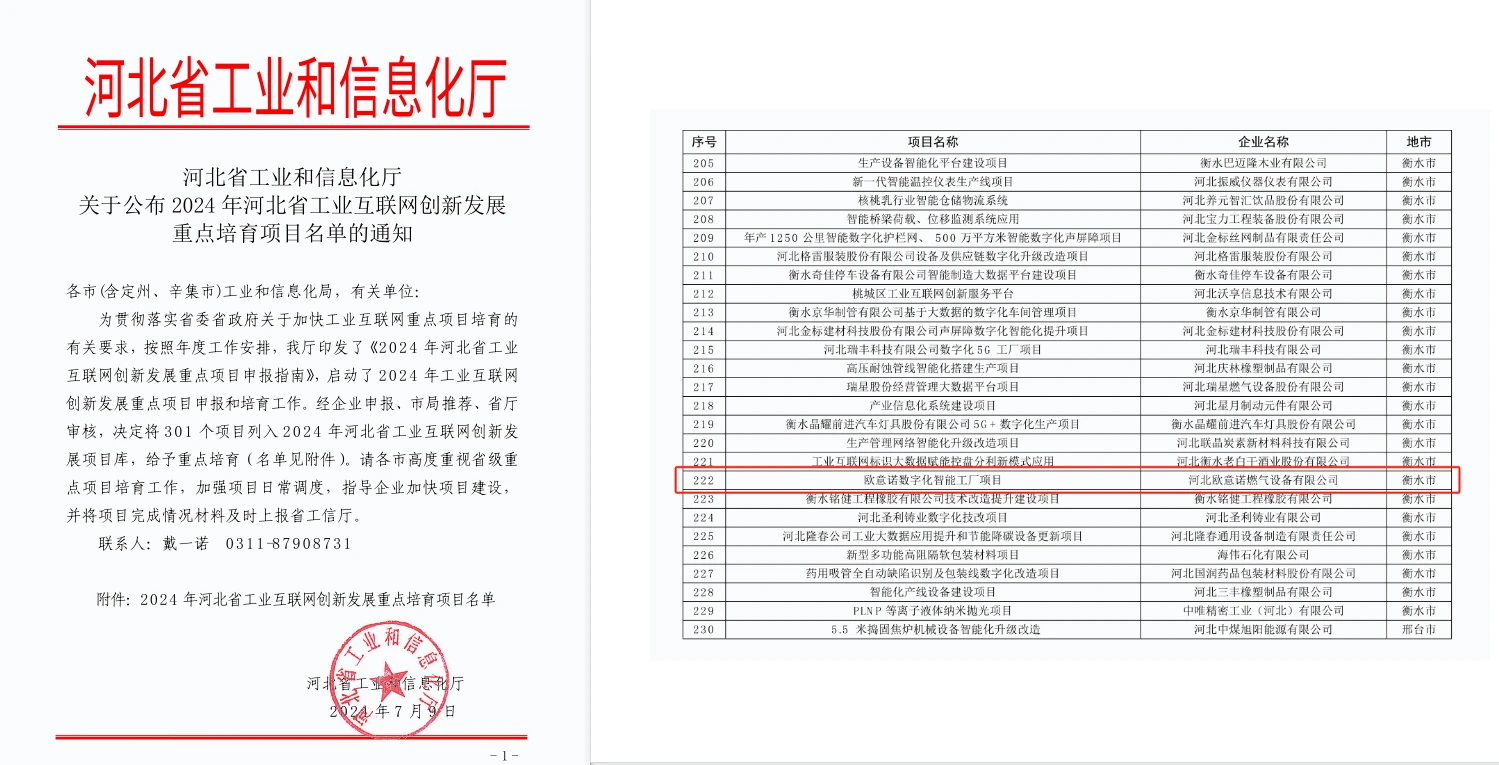
Dec . 27, 2024 10:50
Back to list
gas filtration
Gas Filtration Principles, Techniques, and Applications
Gas filtration is a crucial technology employed across various industries to separate particulate matter and contaminants from gas streams. The principle behind gas filtration is fundamentally simple it involves capturing solid particles and aerosols from gaseous emissions, ensuring that the final effluent meets environmental regulations and safety standards.
Principles of Gas Filtration
The gas filtration process relies on several physical phenomena to effectively remove particles. These include inertial impaction, interception, and diffusion. Inertial impaction occurs when larger particles fail to follow the gas streamlines due to their inertia and collide with the filter medium. Interception involves particles following the gas flow but coming into contact with fibers in the filter, while diffusion pertains to the random movement of smaller particles, which increases their probability of contact with the filter medium.
The effectiveness of gas filtration is quantified using efficiency metrics, including collection efficiency and pressure drop. Collection efficiency is defined as the percentage of particles removed from the gas stream, whereas pressure drop measures the resistance encountered by the gas while passing through the filter. A high collection efficiency coupled with a low pressure drop is desired to maintain energy efficiency and operational effectiveness.
Types of Gas Filtration Technologies
Gas filtration technologies vary widely, each suited to specific applications. The main categories are
1. Mechanical Filters These are the most common types, using physical barriers to trap particulates. They can employ various media, including fiberglass, synthetic fibers, or pleated filters, adapted to capture different particle sizes.
2. Electrostatic Filters These filters utilize electrical charges to attract and trap particles from the gas stream. They can achieve high efficiencies, especially in industrial settings, but require regular maintenance to ensure optimal performance.
gas filtration

3. Absorption Filters Using chemical processes, absorption filters can remove gaseous pollutants by ensuring they react with or are absorbed by a solid or liquid medium. Activated carbon filters are a well-known example, efficiently capturing volatile organic compounds (VOCs) and other harmful gases.
4. Membrane Filters These utilize selective permeability to separate gases based on size. Though typically used in specialized applications, membrane filters can be highly efficient for specific gaseous mixtures.
Applications of Gas Filtration
Gas filtration is integral in many sectors, including industrial manufacturing, automotive, and HVAC systems. In industrial contexts, gas filtration systems are vital for controlling emissions, ensuring compliance with environmental regulations, and safeguarding worker health. For instance, in a power generation facility, gas filtration technologies help reduce harmful emissions such as sulfur dioxide and particulate matter.
In the automotive industry, gas filtration systems maintain air quality within vehicles and reduce harmful emissions, contributing to cleaner air in urban environments. As consumer demand for eco-friendly vehicles continues to rise, innovations in gas filtration are becoming increasingly crucial.
HVAC systems also benefit substantially from gas filtration technologies. Filters in these systems ensure that indoor air quality is maintained, removing pollutants, allergens, and pathogens from the air. Given the heightened awareness concerning air quality, particularly in the context of public health, the role of gas filtration has gained prominence in recent years.
Conclusion
The importance of gas filtration cannot be overstated in today's world. As industries continue to grow and evolve, the need for efficient and effective gas filtration technologies will remain paramount. With advancements in materials science and engineering, the future of gas filtration promises to be more efficient, sustainable, and capable of addressing an expanding variety of contaminants. As we look forward, the integration of smart technologies and greater environmental consciousness will shape the next generation of gas filtration systems, ensuring cleaner air for future generations.
Latest news
-
Safety Valve Spring-Loaded Design Overpressure ProtectionNewsJul.25,2025
-
Precision Voltage Regulator AC5 Accuracy Grade PerformanceNewsJul.25,2025
-
Natural Gas Pressure Regulating Skid Industrial Pipeline ApplicationsNewsJul.25,2025
-
Natural Gas Filter Stainless Steel Mesh Element DesignNewsJul.25,2025
-
Gas Pressure Regulator Valve Direct-Acting Spring-Loaded DesignNewsJul.25,2025
-
Decompression Equipment Multi-Stage Heat Exchange System DesignNewsJul.25,2025

